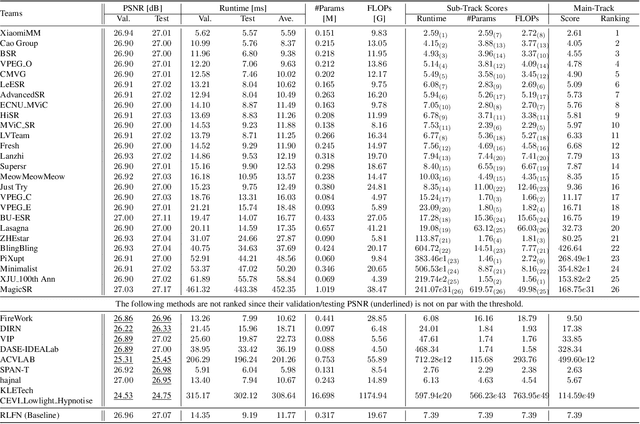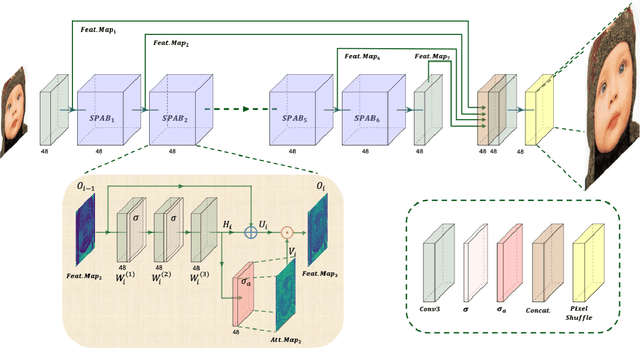Shuli Cheng
PromptHash: Affinity-Prompted Collaborative Cross-Modal Learning for Adaptive Hashing Retrieval
Mar 20, 2025Abstract:Cross-modal hashing is a promising approach for efficient data retrieval and storage optimization. However, contemporary methods exhibit significant limitations in semantic preservation, contextual integrity, and information redundancy, which constrains retrieval efficacy. We present PromptHash, an innovative framework leveraging affinity prompt-aware collaborative learning for adaptive cross-modal hashing. We propose an end-to-end framework for affinity-prompted collaborative hashing, with the following fundamental technical contributions: (i) a text affinity prompt learning mechanism that preserves contextual information while maintaining parameter efficiency, (ii) an adaptive gated selection fusion architecture that synthesizes State Space Model with Transformer network for precise cross-modal feature integration, and (iii) a prompt affinity alignment strategy that bridges modal heterogeneity through hierarchical contrastive learning. To the best of our knowledge, this study presents the first investigation into affinity prompt awareness within collaborative cross-modal adaptive hash learning, establishing a paradigm for enhanced semantic consistency across modalities. Through comprehensive evaluation on three benchmark multi-label datasets, PromptHash demonstrates substantial performance improvements over existing approaches. Notably, on the NUS-WIDE dataset, our method achieves significant gains of 18.22% and 18.65% in image-to-text and text-to-image retrieval tasks, respectively. The code is publicly available at https://github.com/ShiShuMo/PromptHash.
The Ninth NTIRE 2024 Efficient Super-Resolution Challenge Report
Apr 16, 2024



Abstract:This paper provides a comprehensive review of the NTIRE 2024 challenge, focusing on efficient single-image super-resolution (ESR) solutions and their outcomes. The task of this challenge is to super-resolve an input image with a magnification factor of x4 based on pairs of low and corresponding high-resolution images. The primary objective is to develop networks that optimize various aspects such as runtime, parameters, and FLOPs, while still maintaining a peak signal-to-noise ratio (PSNR) of approximately 26.90 dB on the DIV2K_LSDIR_valid dataset and 26.99 dB on the DIV2K_LSDIR_test dataset. In addition, this challenge has 4 tracks including the main track (overall performance), sub-track 1 (runtime), sub-track 2 (FLOPs), and sub-track 3 (parameters). In the main track, all three metrics (ie runtime, FLOPs, and parameter count) were considered. The ranking of the main track is calculated based on a weighted sum-up of the scores of all other sub-tracks. In sub-track 1, the practical runtime performance of the submissions was evaluated, and the corresponding score was used to determine the ranking. In sub-track 2, the number of FLOPs was considered. The score calculated based on the corresponding FLOPs was used to determine the ranking. In sub-track 3, the number of parameters was considered. The score calculated based on the corresponding parameters was used to determine the ranking. RLFN is set as the baseline for efficiency measurement. The challenge had 262 registered participants, and 34 teams made valid submissions. They gauge the state-of-the-art in efficient single-image super-resolution. To facilitate the reproducibility of the challenge and enable other researchers to build upon these findings, the code and the pre-trained model of validated solutions are made publicly available at https://github.com/Amazingren/NTIRE2024_ESR/.
 Add to Chrome
Add to Chrome Add to Firefox
Add to Firefox Add to Edge
Add to Edge